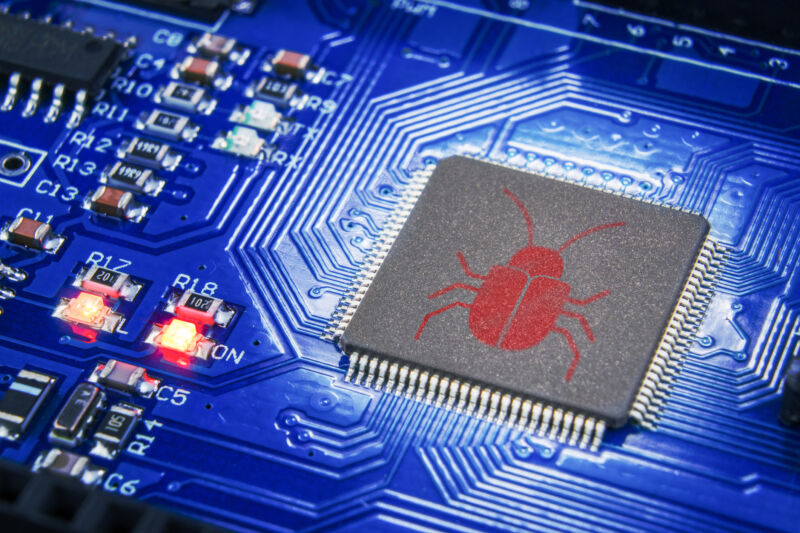Enlarge / A bad update to CrowdStrike’s Falcon security software crashed millions of Windows PCs last week. (credit: CrowdStrike)
CrowdStrike CEO George Kurtz said Thursday that 97 percent of all Windows systems running its Falcon sensor software were back online, a week after an update-related outage to the corporate security software delayed flights and took down emergency response systems, among many other disruptions. The update, which caused Windows PCs to throw the dreaded Blue Screen of Death and reboot, affected about 8.5 million systems by Microsoft’s count, leaving roughly 250,000 that still need to be brought back online.
Microsoft VP John Cable said in a blog post that the company has “engaged over 5,000 support engineers working 24×7” to help clean up the mess created by CrowdStrike’s update and hinted at Windows changes that could help—if they don’t run afoul of regulators, anyway.
“This incident shows clearly that Windows must prioritize change and innovation in the area of end-to-end resilience,” wrote Cable. “These improvements must go hand in hand with ongoing improvements in security and be in close cooperation with our many partners, who also care deeply about the security of the Windows ecosystem.”









